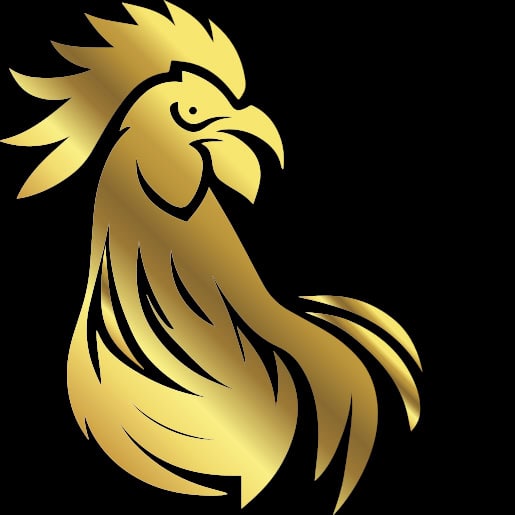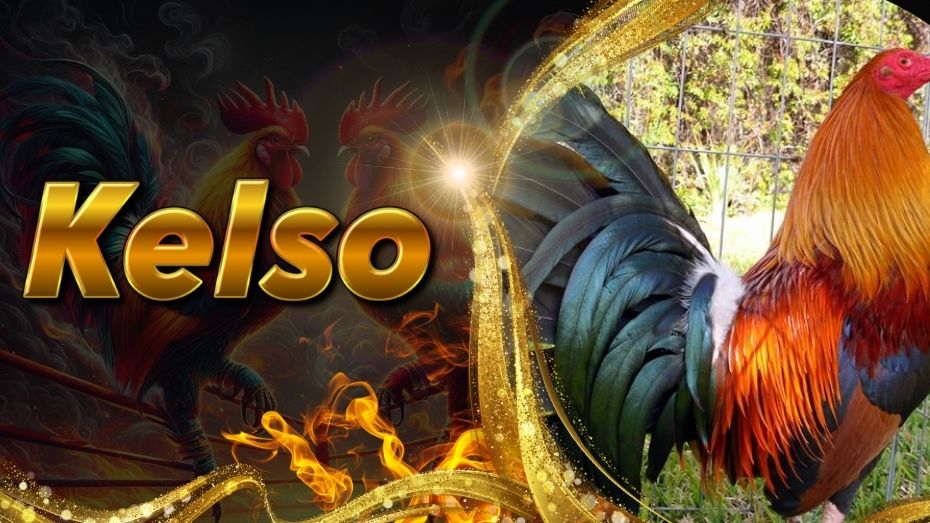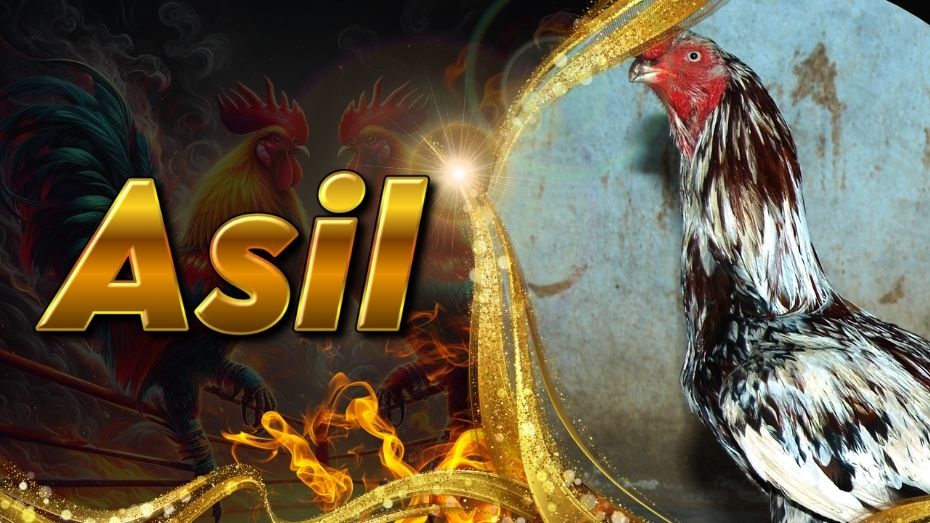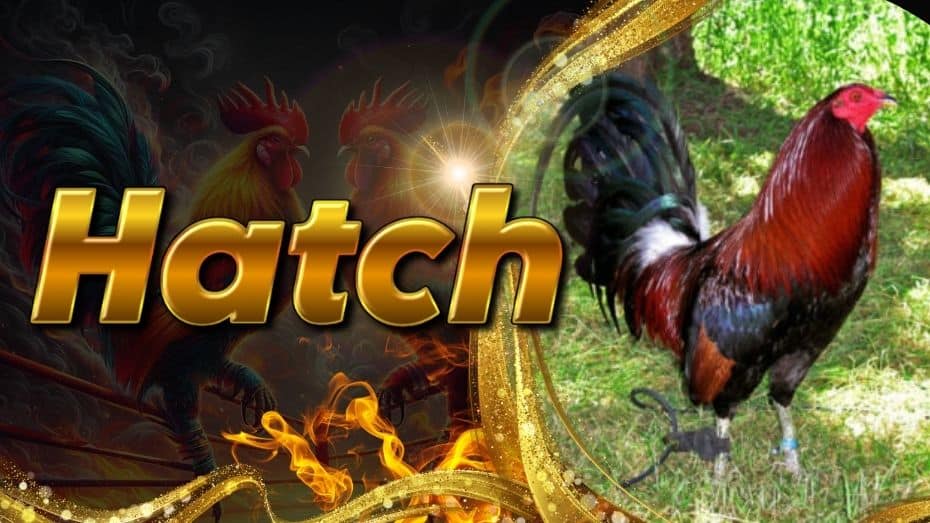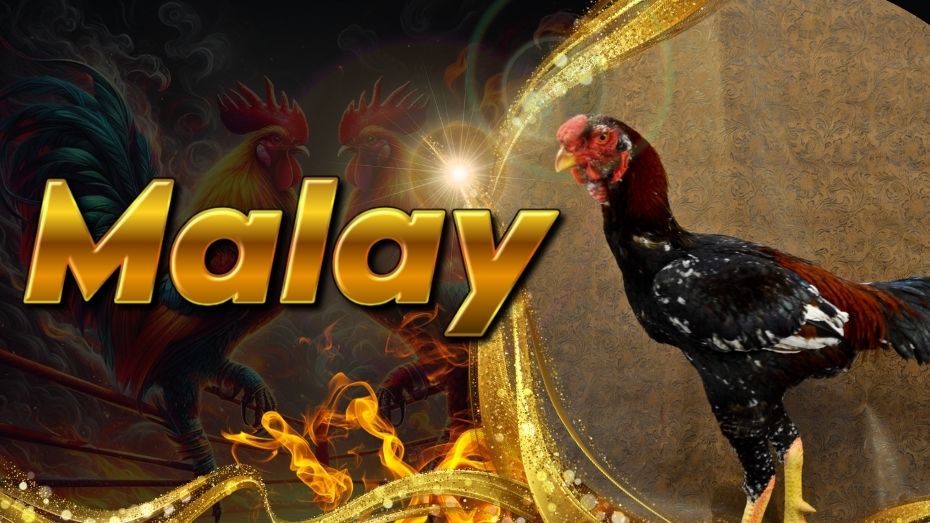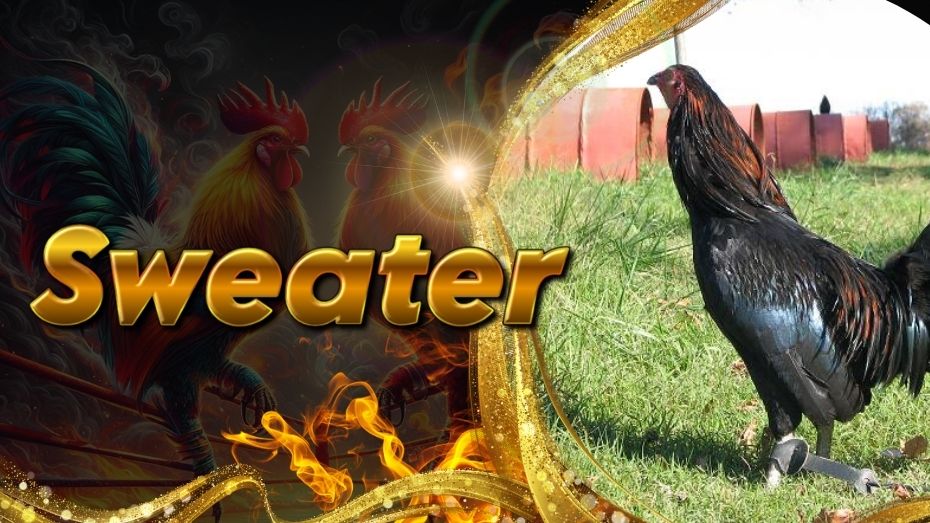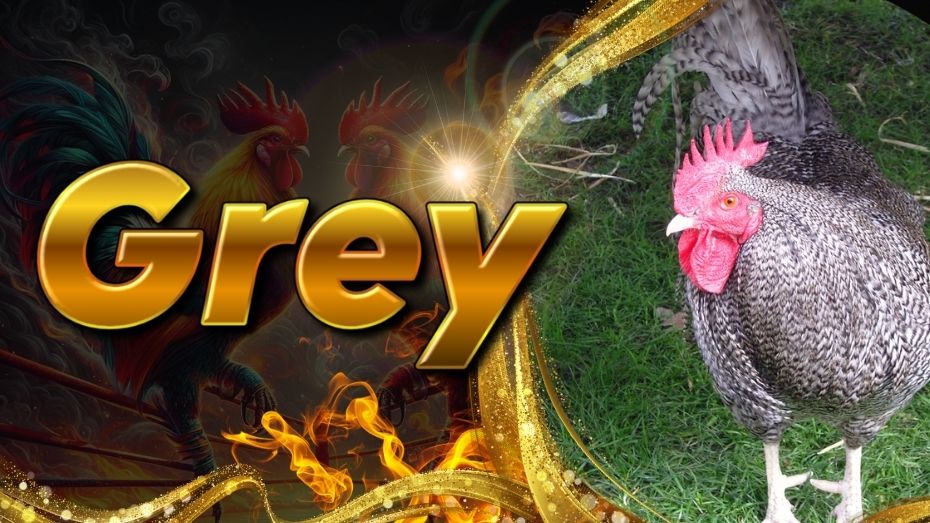Shamo Gamefowls: Aggressive Japanese Fighting Rooster Breed for Asian Cockpits
The Shamo is a traditional Japanese cockfighting bird and is arguably one of the strongest fighting rooster breeds in the Philippines. This breed originated from Thailand and is named from the corruption of the word Siam which was Thailand’s historical name but the resulting breed became heavily distinct from its predecessors through many years of selective breeding.
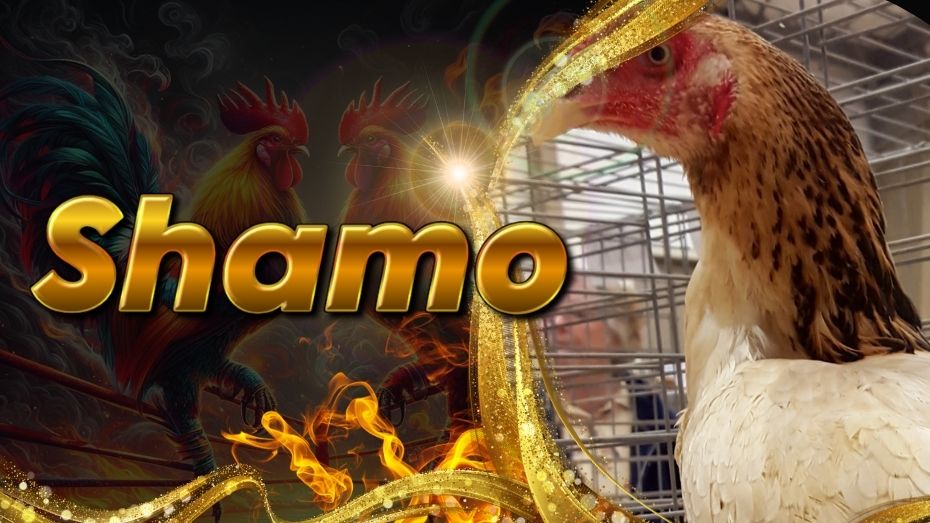
This breed became rare in the 1940s after Japan created laws to preserve the bird but it saw circulation after American troops who invaded Japan in World War 2 brought home whole chickens and eggs. The bird was also exported to Europe in the 50s from Japan, ensuring that more Shamos are found worldwide.
Japan treats Shamos differently from other countries today as Japan treats them more as ornamental birds while Filipinos and other breeders treat them as gamefowls and breeding material. One popular cross done by Filipinos is using Asils alongside this breed.
Key Features of Shamo Roosters:
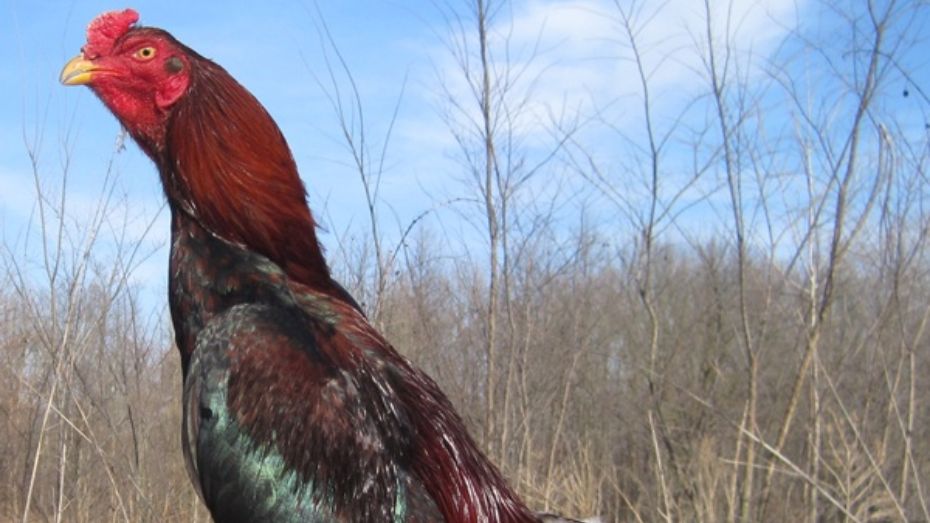
The key features of Shamo gamefowls are the following:
Shamos are tall gamefowls and are second only to the Malays. Although, some birds come in smaller sides.
How Shamos Fight
Shamo gamefowls are courageous and ferocious birds that are well-known for their endurance and accurate strikes. Additionally, their muscled builds should keep them standing in cockpits as other birds have trouble taking this down.
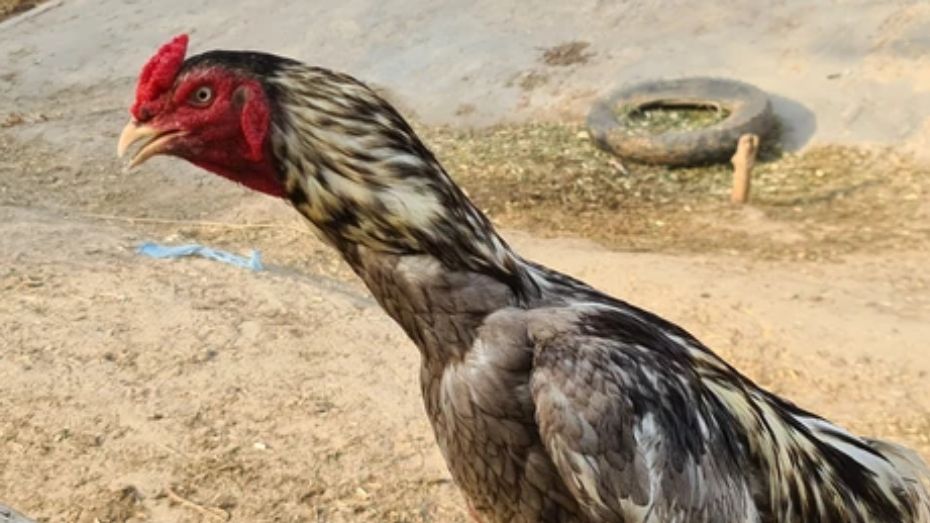
This breed is generally bred for stamina fighting that can take hits while also being powerful and aggressive birds. Thanks to these, many breeders regard this bird as the strongest gamefowl breed.
Different Shamo Gamefowls
While Shamos are widely used by Filipino breeders, there is no well-known standalone breed in the Philippines. While there are Shamo Asils as a popular cross for the Shamos and the Asils, there aren’t exactly a lot of notable birds outside Japan.
Japan recognizes seven different Shamo lines, which are the following:
Japan mostly uses these birds as ornamental birds but there is still a traditional cockfighting scene where the losing bird is eaten.
Any new Shamo bird is distinguishable through their thick feathers, which means that there’s a chance that birds with thick feathers have a chance to have the hardiness of the Shamo and the other breed’s fighting capabilities.
Are Shamos or Their Derivatives Good for Sabong?
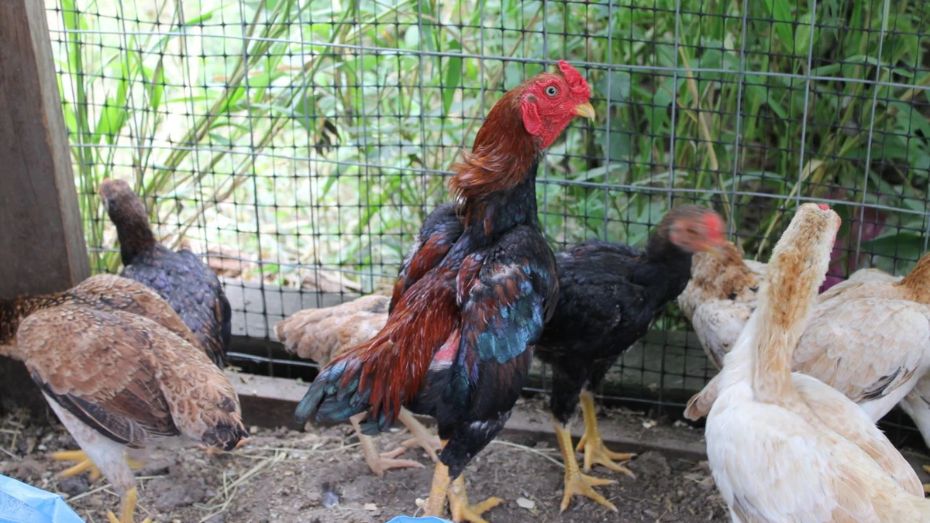
Generally, yes. The Japanese Ko-Shamo is a purely ornamental bird while the Nankin-Shamo is a bantam while others are simply large fowls. The Shamos in circulation in the Philippines, however, are birds meant for fighting and are well-known for their stamina and hardiness.
Breeders won’t go wrong with using Shamos as either cockfighters or as development material for the development of new gamefowl breeds. Mixing Asils and Shamos are popular in the Philippines and these are then used to develop other fighting rooster breeds in the Philippines.
Conclusion
The Shamo is a widely popular gamefowl breed used extensively outside of Japan as either standalone fighting roosters or for breeding purposes. This breed is overall an exceptional breed that’s built for stamina fighting that can be used to pass on these traits to other birds.
Keep an eye out for thick feathers at Sabong International’s cockpits since there is a significant chance that the participating breeder will use this breed to develop their own fighter. If you’re going to breed this bird, you’ll want to pair it with Asils or even experiment with Malays if you want or use the offspring to cross with other birds like Kelsos, Sweaters, Hatches, and more.

